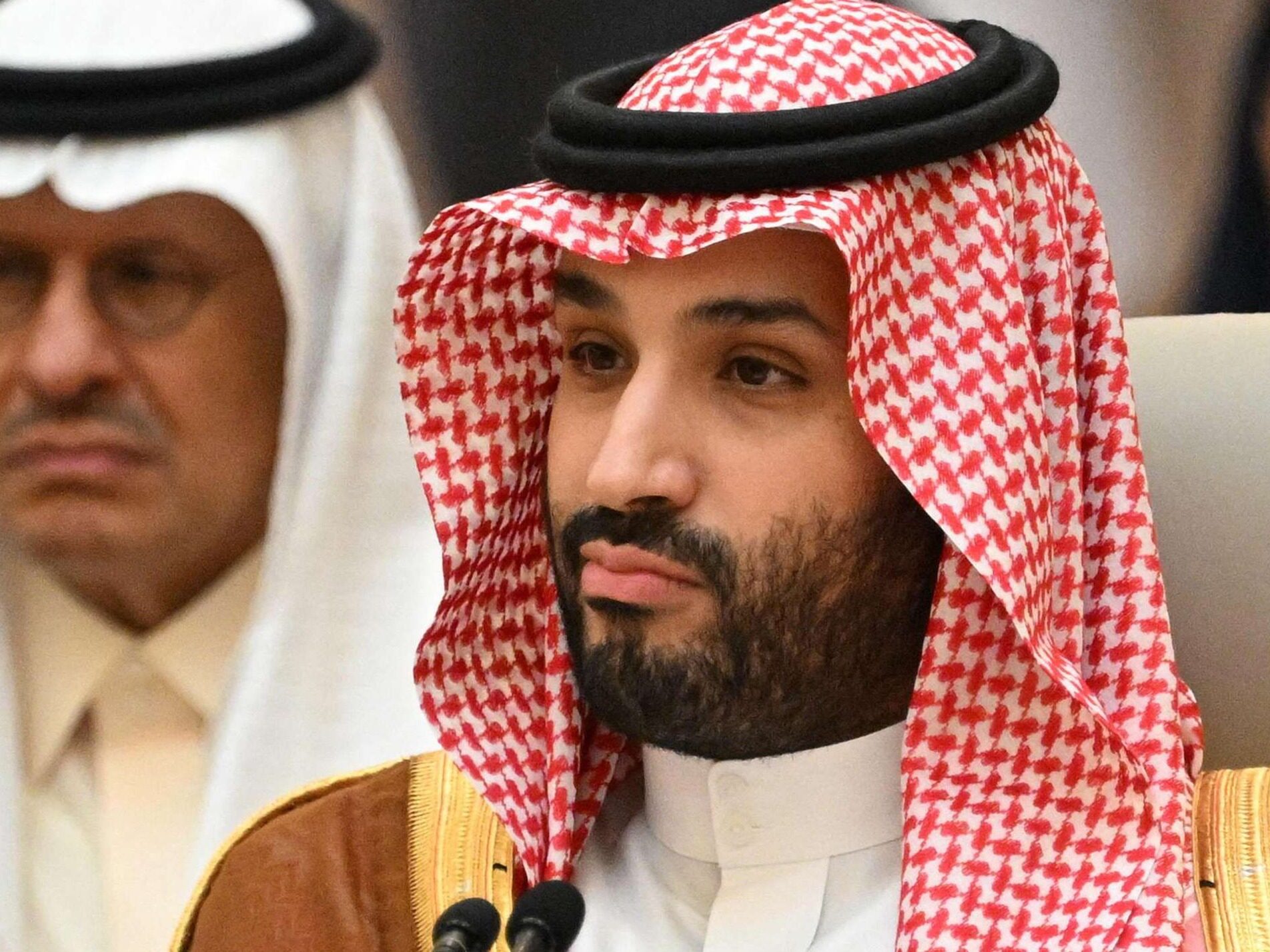- The Middle East, led by Saudi Arabia, has become one of the important incremental markets for global energy storage

Under the wave of global energy transition, the energy storage market in the Middle East is rising strongly. According to CNESA data, in 2024, the installed capacity of new energy storage projects in operation worldwide will reach 74.1GW/177.8GWh, accounting for 89% of the new installed power energy storage capacity. In terms of the installed capacity of new energy storage projects, the top 10 countries are: China, the United States, Germany, Italy, South Korea, Japan, the United Kingdom, Australia, the Philippines and Saudi Arabia. The total installed capacity accounts for more than 91% of the global market.
China's energy storage corps swept the Middle East
It is worth mentioning that China not only has obvious advantages in terms of installed capacity, but also Chinese enterprises are also in a leading position in the field of global energy storage technology, which can provide high-quality energy storage products for the world, only in the first five months of this year, the scale of overseas energy storage orders won by Chinese enterprises has exceeded 120GWh, a year-on-year increase of nearly 4 times.

In addition, Saudi Arabia's newly installed capacity ranked among the top 10 for the first time, driving the Middle East energy storage market into a stage of rapid expansion. Since 2024, the Middle East market has continued to unleash strong energy storage potential, with multiple GWh-level orders emerging, showing that the Middle East is becoming one of the core growth poles of the global energy storage market.
Chinese companies such as CATL, BYD, and Sungrow have successively won super orders, becoming the "main force" to promote the energy transition in the Middle East. In February this year, BYD won the 12.5GWh grid-side energy storage project in Saudi Arabia in one fell swoop, and the total cooperation between the two sides has reached 15.1GWh with the 2.6GWh previously delivered;
The energy storage revolution in the oil kingdom
In December 2024, in the prequalification of 8GWh energy storage projects by the Saudi Arabian government, 8 Chinese companies, including CATL, China Energy Construction, and Envision Energy, were strongly shortlisted; In July 2024, Sungrow signed an energy storage project with a capacity of 7.8GWh with AlGIHAZ, a well-known energy company in Saudi Arabia, which is expected to be connected to the grid at full capacity this year, and the Red Sea project, as a key project in Saudi Arabia's economic transformation, has an energy storage capacity of 1.3GWh, and its core energy storage system is provided by Huawei, supporting 400MW of photovoltaics, making it the world's largest photovoltaic storage microgrid power station. In addition, CATL has also supplied 19GWh of energy storage systems for the world's largest PV and storage joint project, the UAE RTC project, setting a new record for energy storage orders in the Middle East and globally.
From the perspective of market potential, the Middle East, which is traditionally "rich and oily", is actually one of the most urgent regions in the global energy transition, and its power system has long been highly dependent on fossil energy (more than 95%), and the pressure to reduce emissions is huge. In terms of energy targets, Saudi Arabia plans to achieve 130GW of renewable energy capacity (50%) by 2030, while the UAE aims for 19.8GW of renewable energy capacity. According to the data, in 2024, China will export a total of 28.79GW of photovoltaic modules to the Middle East market, doubling year-on-year, accounting for 12% of the export market, of which Saudi Arabia is the country that imports the most Chinese module products in the Middle East, with a total of 16.55GW, accounting for 60% of the Middle East market's imports, and Saudi Arabia jumped to the fourth largest country in China's photovoltaic module exports this year.

The Middle East has become the main battlefield for China's new energy to go overseas
With the rapid increase of photovoltaic installed capacity, in order to improve the stability and reliability of the power system, the demand for energy storage has increased simultaneously. Taking Saudi Arabia as an example, relying on the national renewable energy plan, it has accelerated the integration of "photovoltaic energy storage" projects, adding 15GW-20GW of new photovoltaics every year, and its energy storage demand will grow steadily in the next two years according to the 10%-15% distribution and storage ratio. According to the target set by the Saudi Ministry of Energy, it will achieve 48GWh of energy storage capacity by 2030. Obviously, the Middle East, led by Saudi Arabia, has become one of the important incremental markets for global energy storage.
China's leading enterprises are building core competitive barriers through technological upgrading, localization layout and business model innovation. Small and medium-sized enterprises can also achieve breakthroughs through technological differentiation and ecological collaboration, and at the same time, they should also cautiously avoid low-price competition and compliance risks, and steadily develop the Saudi energy storage market.(This article is from the official website of Seetao www.seetao.com. Reprinting without permission is strictly prohibited. Please indicate Seetao.com + original link when reprinting) Seetao.com Strategy Column Editor/Sun Fengjuan
Comment
 Praise
Praise
 Collect
Collect
 Comment
Comment
 Search
Search














Write something~